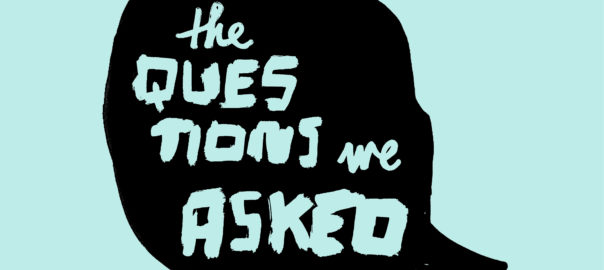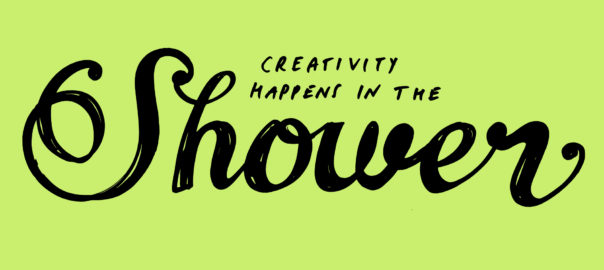Why position should matter to professional service firms
People often assume that what we do – building brands – is far more relevant to businesses selling to consumers than those selling to other businesses. Particularly those selling professional services. They couldn’t be more wrong.
Your brand is what people say about you behind your back. It’s your reputation. This is crucial in professional services. Such businesses don’t have the luxury of presenting their wares on the shelf of a supermarket, where a stream of vetted leads will be paraded in front of them. You can’t try-before-you-buy with professional services, so it’s vital that the prospects have trust, faith and confidence in the firm. These are all things that are heavily influenced by reputation.
The key to building such a reputation is the position you build your brand around. Position is the idea that defines the core of what the brand stands for and what it offers to the world. It provides a true north around which to orientate everything the business does. It enables organisations to give a coherent impression of themselves and establish a consistent reputation. Positions also help to simplify down the organisation’s core message, making it easier for those inside the business to deliver this correctly, whether in a pitch presentation or at a networking event.
Position is particularly important in professional services, due to the complexities of differentiation. Professional services aren’t like cars (for example), where you can choose between fast ones or slow ones; small ones or big ones; luxury ones or basic ones. When you boil it down, everyone is selling the same solution – whether it’s a set of accounts or the resolution of a legal dispute. The difference is in the content of the services, which is fundamentally what determines the purchase decision. Capturing something so nuanced and indefinite is the art of positioning a professional services firm.
Once the position has been found, the secret to success with a professional services firm is how you build the brand around it. Few, if any, such businesses advertise on television. Some advertise in the press. But most professional services brands are built on personal relationships, referrals and word of mouth – all of which can be aided by events, networking, social media and speaking engagements. The firm’s people are central to delivering all of this. When we work with professional services firms, we often start with internal communication – making sure that everyone understands the position. And we arm them with tools that help them to communicate this externally – think videos, boilerplate copy and content. All of this needs to reflect the personality of the firm, so the graphic identity that governs its design and the voice that defines its tone are crucial. It’s this combination of position, personality and creative tools that is the key to building a strong brand in professional services.
— RG
For an example of our work within professional services, take a look at our GCW case study here.
“Squad really sought to get under the skin of our business and understand what made us tick and differentiated GCW in our marketplace. The way they work made it feel like a genuine partnership, and despite what must have seemed like endless questions, their enthusiasm never waned. Ultimately, they delivered a wow moment that really encapsulated everything we wanted to achieve in our rebrand and more. They’re just great people to work with.”
Simon Morris – Partner at GCW







